Is a DIY Wedding Cheaper? Discover Budget-Friendly Tips
Planning a wedding is a big task, and you might be wondering if a DIY wedding will save you money. Many couples are drawn to the idea of a DIY wedding because it offers the chance to add personal touches and potentially reduce costs. But, can a DIY wedding really be cheaper? Yes, a DIY wedding can be cheaper if you carefully plan and manage your resources. However, possible hidden expenses can catch you by surprise, which makes planning crucial.
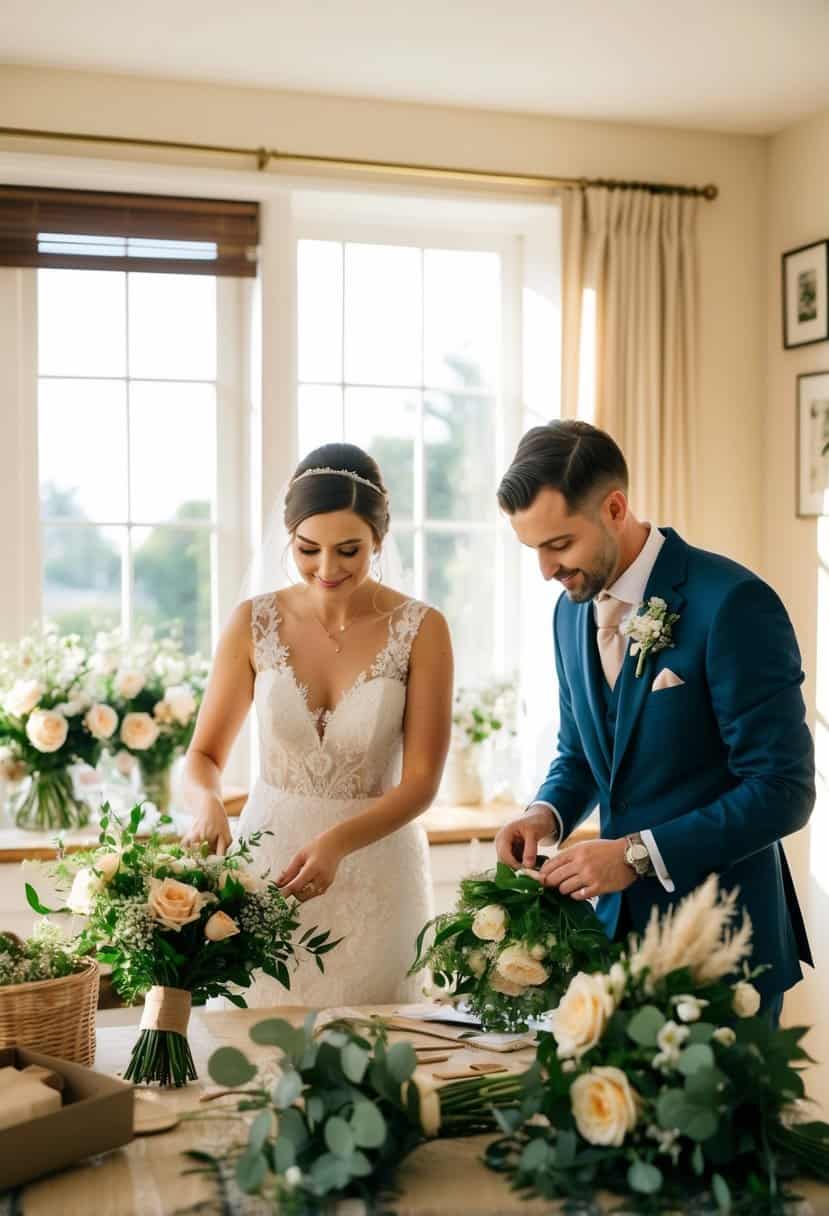
Choosing a DIY wedding means taking on responsibilities like decorations, invitations, and even venue setup. By handling these tasks yourself, you can cut down on hiring costs for vendors. Using resources like budget-friendly decorations can save you even more. Still, it’s important to weigh the time and effort required against potential savings.
On the other hand, traditional weddings offer convenience since vendors handle most details, but they can be pricier. If affordability is your goal, you might find planning a wedding on a budget appealing. Limiting your guest list and choosing simpler settings can help keep costs in check. Thinking carefully about each decision will help you craft a day that fits both your dreams and your budget.
Assessing the Costs of a DIY Wedding

When planning for a DIY wedding, considering both the visible and hidden expenses is vital. You might save money on materials and decor, but logistics and unexpected costs can add up quickly.
Material and Decor Expenses
A significant portion of your wedding budget will go to materials and decor. While choosing DIY projects may seem cheaper, the costs for supplies can vary. For example, wedding flowers purchased in bulk might save money, but their prices depend on the type and season. Buying flowers like roses or orchids can quickly add up due to their premium prices.
When considering items like wedding centerpieces, you might save by crafting them yourself. However, factor in costs for vases, candles, or any special touches you want. Some materials seem inexpensive but can become costly, especially when you multiply them by dozens of tables.
Additionally, places like The Bouqs offer affordable DIY flower kits that are less expensive than professional florists. Balancing cost with effort is key to deciding if the savings are worth it.
Hidden Costs and Logistics
While DIY projects might lower some wedding costs, don’t overlook hidden expenses. Logistics can sneak up on you, such as renting tools for certain projects. For instance, DIY-ing your wedding cake might require renting baking equipment you hadn’t considered, potentially increasing costs.
There’s also the time factor. You might spend hours assembling decor or arranging flowers. This time may not have a direct monetary value, but it impacts your overall planning process. Plus, any last-minute changes can force you to make unexpected purchases or arrangements.
Managing a DIY wedding involves more than just upfront expenses. Thinking through these hidden costs ensures your wedding day goes smoothly, staying within your desired budget.
DIY Wedding Essentials
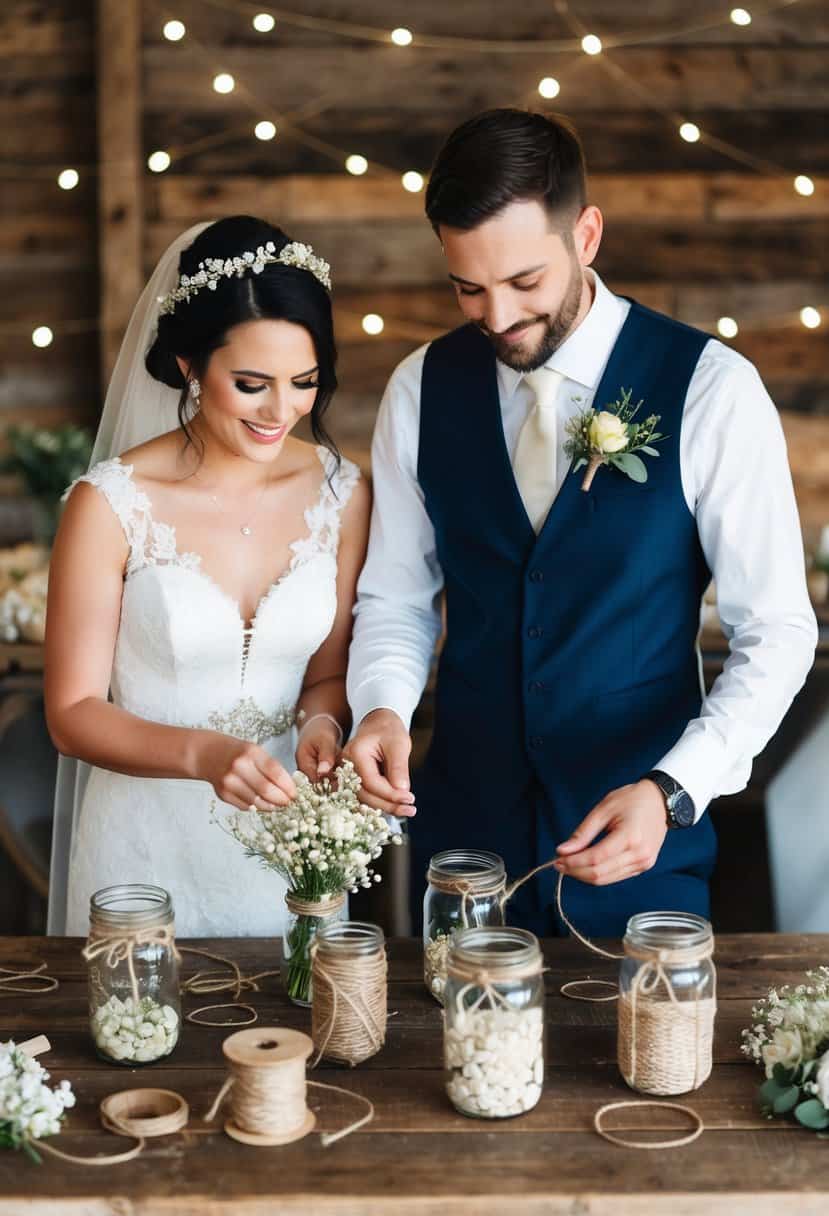
Planning a DIY wedding lets you add personal touches to your big day. By creating your own invitations, crafting decor, and choosing your attire, you can manage costs while adding your unique style. Here’s how you can get started on these key areas.
Creating Your Invitations
Designing your own invitations can be a fun and cost-effective project. You can use free online templates that provide beautiful designs. Simple services like Canva allow you to customize colors, fonts, and graphics.
Consider including RSVP details and an additional card for directions or accommodations. Print these at home on quality cardstock or arrange for a local print shop to print them in bulk.
DIY invitations allow you to incorporate personal elements like engagement photos or special quotes, making your invites truly special. Handmade invitations can also serve as a cherished keepsake for you and your guests, reflecting your personal style and touch.
Crafting the Decor
Creating decor is one of the most engaging parts of a DIY wedding. You can start with centerpieces using seasonal flowers or greenery. Consider crafting unique table settings with personalized touches like handwritten name cards.
For lighting, you might use string lights or homemade lanterns to create a warm ambiance. Many couples enjoy making their own wedding favors, like small jars of preserves or custom candles, which double as decorations for each table setting.
Your choice of decor will not only enhance the look of the venue but also help set the tone and mood of your celebration. Be sure to plan ahead and involve friends or family in crafting sessions.
Fashion and Attire
Your wedding outfit is a chance to express your style. Consider buying off-the-rack dresses or suits that you can personalize with accessories like jewelry or ties. You can also explore renting attire, which can be a budget-friendly option.
For bridesmaids or groomsmen, coordinating colors through ties, dresses, or accessories can create a cohesive look without the need for custom outfits. Encourage your party to wear shoes or accessories they already own to keep costs down.
Taking a DIY approach to your attire allows flexibility in style and budget, ensuring everyone feels comfortable and looks great on your wedding day.
The Role of Vendors in Your DIY Wedding
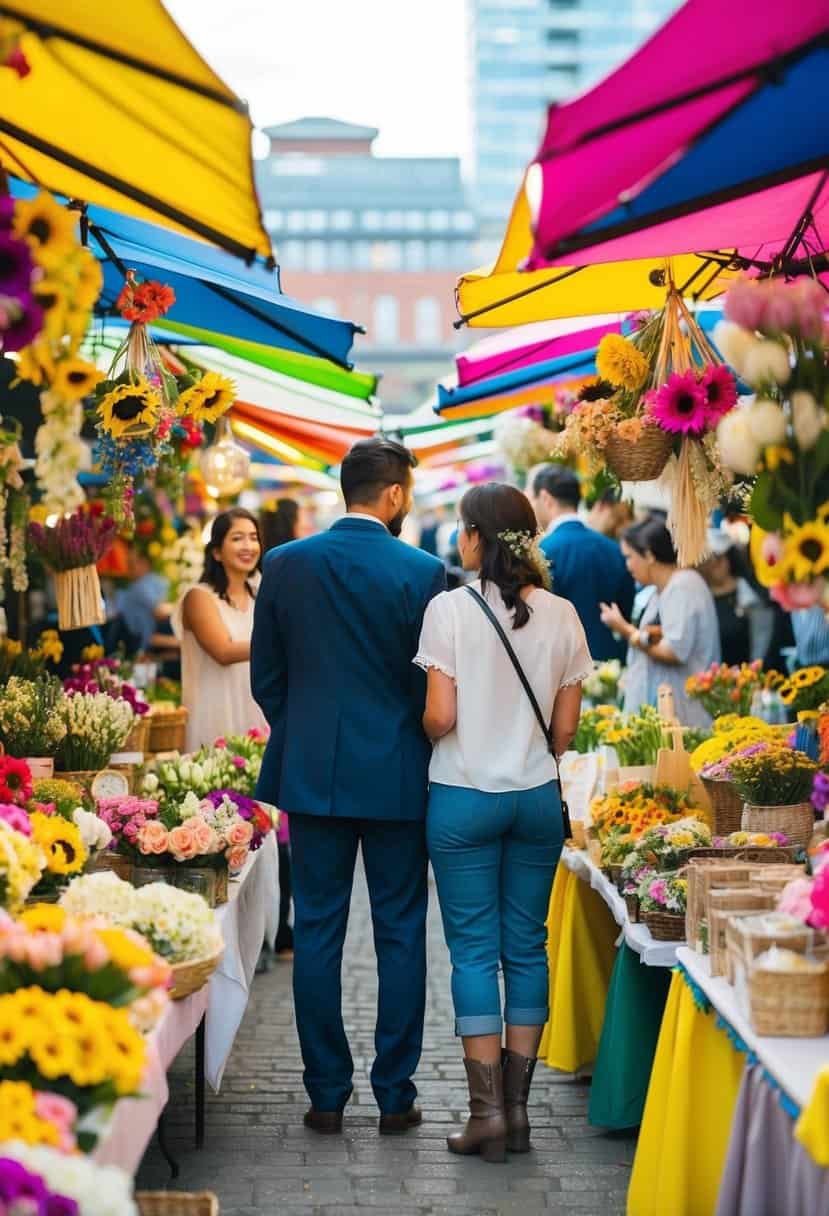
When planning a DIY wedding, vendors can be crucial in ensuring everything goes smoothly. They help bring your vision to life while allowing you to handle specific details yourself.
Selecting a Venue
Choosing the right venue is a big decision for your DIY wedding. Often, DIY wedding venues offer flexible options, including blank slates where you can create your dream setting. Consider whether the venue provides essential amenities or if you need to rent things like chairs and tables. You might save money by using family property or a friend’s backyard.
Keep in mind transportation costs if the venue is far from where most guests live. It’s wise to ask the venue about any hidden fees, such as insurance or cleaning costs. Having detailed conversations with venue managers helps ensure you know what’s included in the package.
Catering for Your Guests
Catering is a vital part of your wedding, as it keeps guests happy and full. When going the DIY route, you could choose local caterers, food trucks, or even prepare food with family. Consider various catering options that fit your budget. Each option offers a unique experience, so think about what would delight your guests the most.
Make sure your caterer knows your venue well. This can help them set up efficiently and plan serving logistics better. If handling catering yourself, plan logistics such as serving dishes and temperature control meticulously. Good food can make your wedding stand out, but it requires careful planning.
Photography and Memories
Capturing memories is essential, and a professional photographer can greatly enhance this. While hiring a professional may cost more, you get high-quality photos that last a lifetime. If you’re considering saving, you could tap into your network for budding photographers eager to build their portfolios. This can sometimes offer a balance between cost and quality.
Discuss your vision with your chosen photographer. Talk about specific shots you want and any unique lighting or settings at your venue. If you’re taking on this task yourself, invest in a good-quality camera and practice beforehand to ensure you capture every moment beautifully. Photos and videos are keepsakes that preserve your special day forever.
Planning and Execution
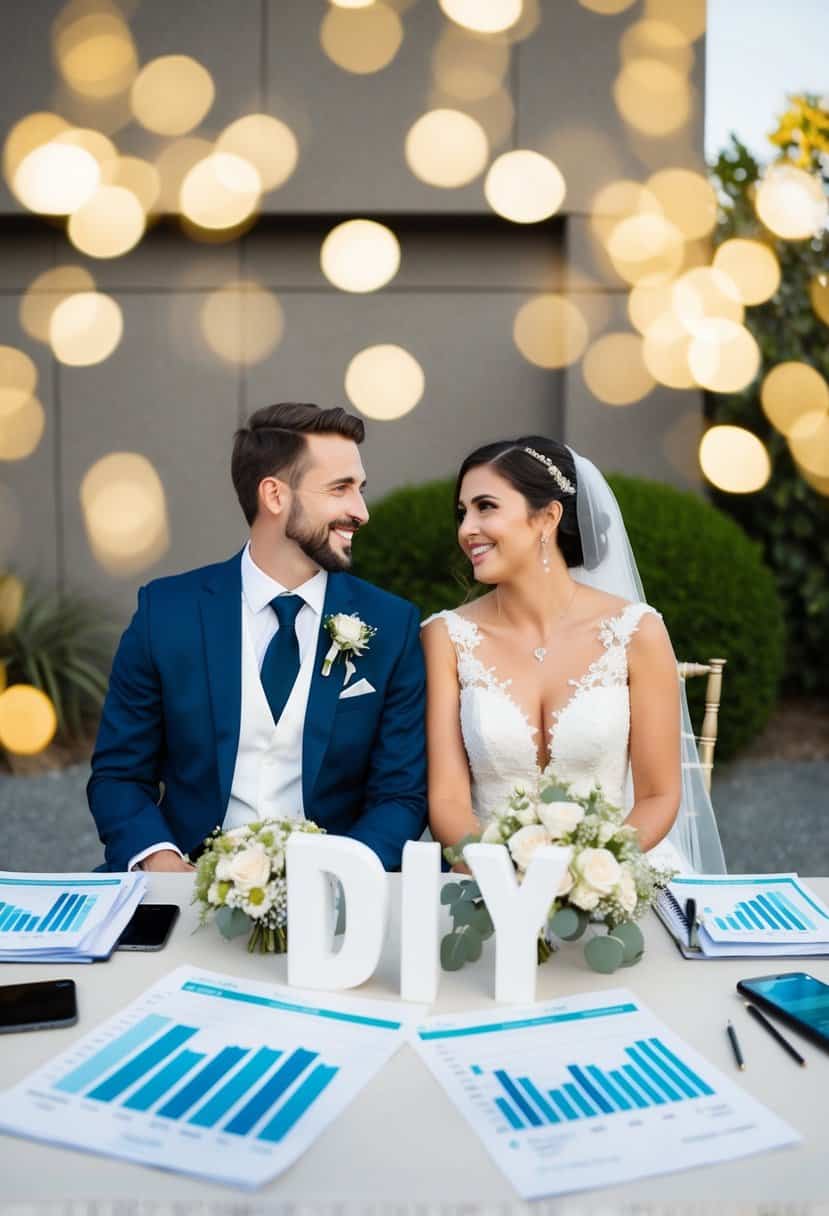
Organizing a DIY wedding requires careful planning and coordination. Keeping track of every detail can help ensure everything runs smoothly on your big day.
The Planning Process
When planning your DIY wedding, consider making a wedding planning checklist. This will help you organize tasks like venue booking, attire selection, and floral arrangements. A detailed checklist can also help you manage timelines and budgets.
Gauge how much time and effort you’re willing to spend. Some couples find it easier to hire a wedding planner to handle complex details while still maintaining a personal touch in their DIY elements. Using online resources, you can gather ideas for decor and themes that fit your vision. It’s vital to think about guest lists, catering options, and personalized aspects such as handmade invitations or centerpieces.
Day-of Coordination
The day of your wedding should be as stress-free as possible. Having a friend or family member act as a day-of coordinator can help. Their job can be to oversee the timeline, manage vendors, and handle last-minute issues that arise.
Preparing a detailed schedule for the day can help guide everyone involved, from the morning preparations to the wedding reception. You might also consider making separate plans for your rehearsal dinner to ensure the proceedings run smoothly. Proper coordination ensures you can focus on celebrating instead of worrying about logistics. A friend or relative with a calm demeanor and good organizational skills can make a big difference here.
Beyond the Wedding Day
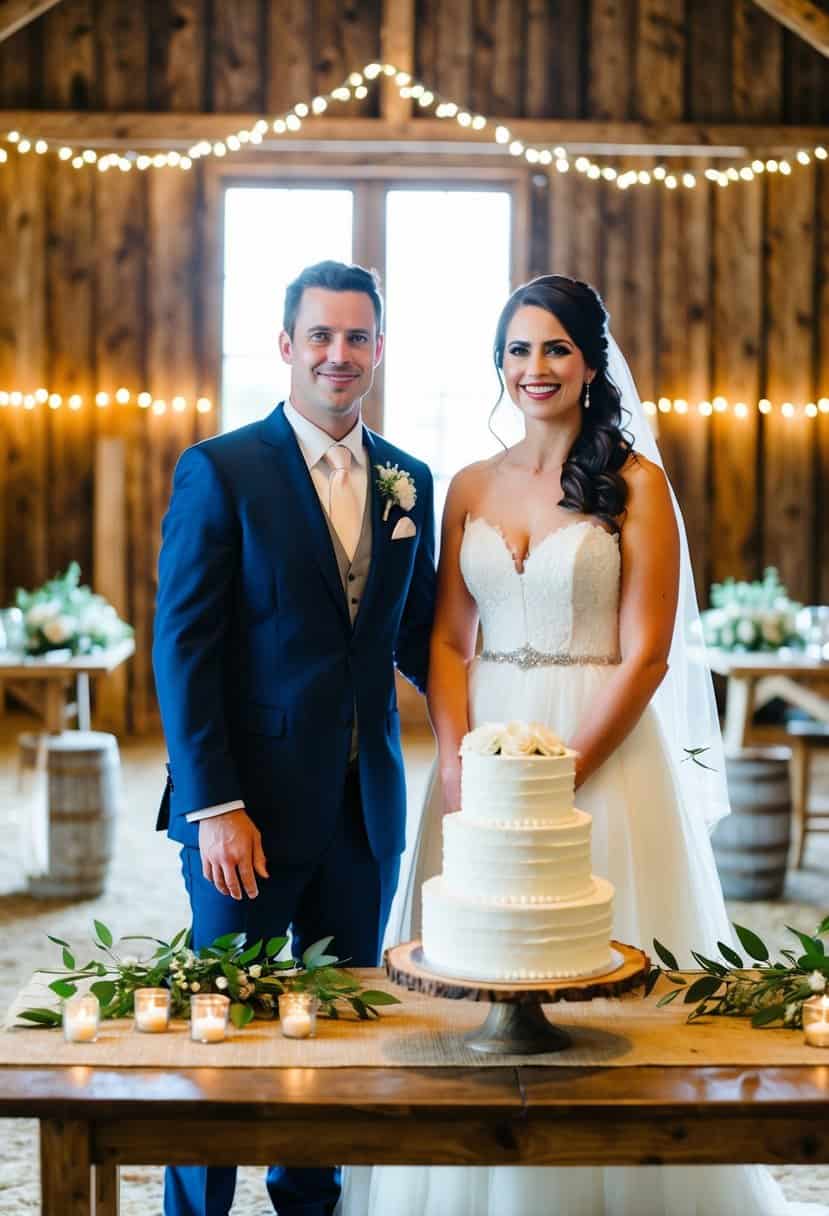
After your wedding day, there are a few more details to think about that help keep the celebration alive. Favors and building a wedding website are two key aspects that can enhance your experience and keep the memories alive.
Favors and Thank-Yous
Sending your guests home with wedding favors is a heartfelt gesture. It shows your appreciation and can be a meaningful reminder of your special day. You might consider homemade items, such as small jars of honey or homemade cookies, which add a personal touch. You can tie these favors to your wedding theme or colors, making them both thoughtful and visually appealing.
Thank-you notes are equally important. Handwritten notes express your gratitude and can mean a lot to your guests. Mention specific moments you shared at the wedding or engagement party to make them feel special. Including a photo with your note is a nice touch, adding to the personal feel of your thank-you. Planning ahead by gathering addresses and organizing your process can make this task smoother.
Building a Wedding Website
Creating a wedding website is a great way to keep everyone updated. It can include important details like the venue, schedule, and RSVP options. This is especially useful for guests traveling from afar as it provides a centralized place for all necessary information.
You can also tell your love story, which adds a personal element to your site.
A wedding website offers an excellent way to share photos from the wedding or engagement party. Updating it after the wedding day keeps the event alive in everyone’s minds.
Set up a section for guests to comment or download their favorite pictures. This interaction enhances the connection between you and your guests, making your website a cherished digital memory.



